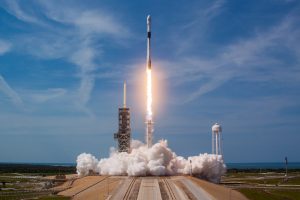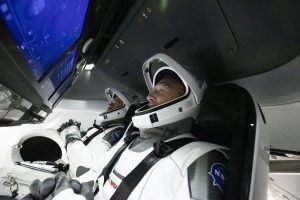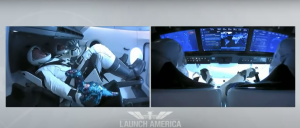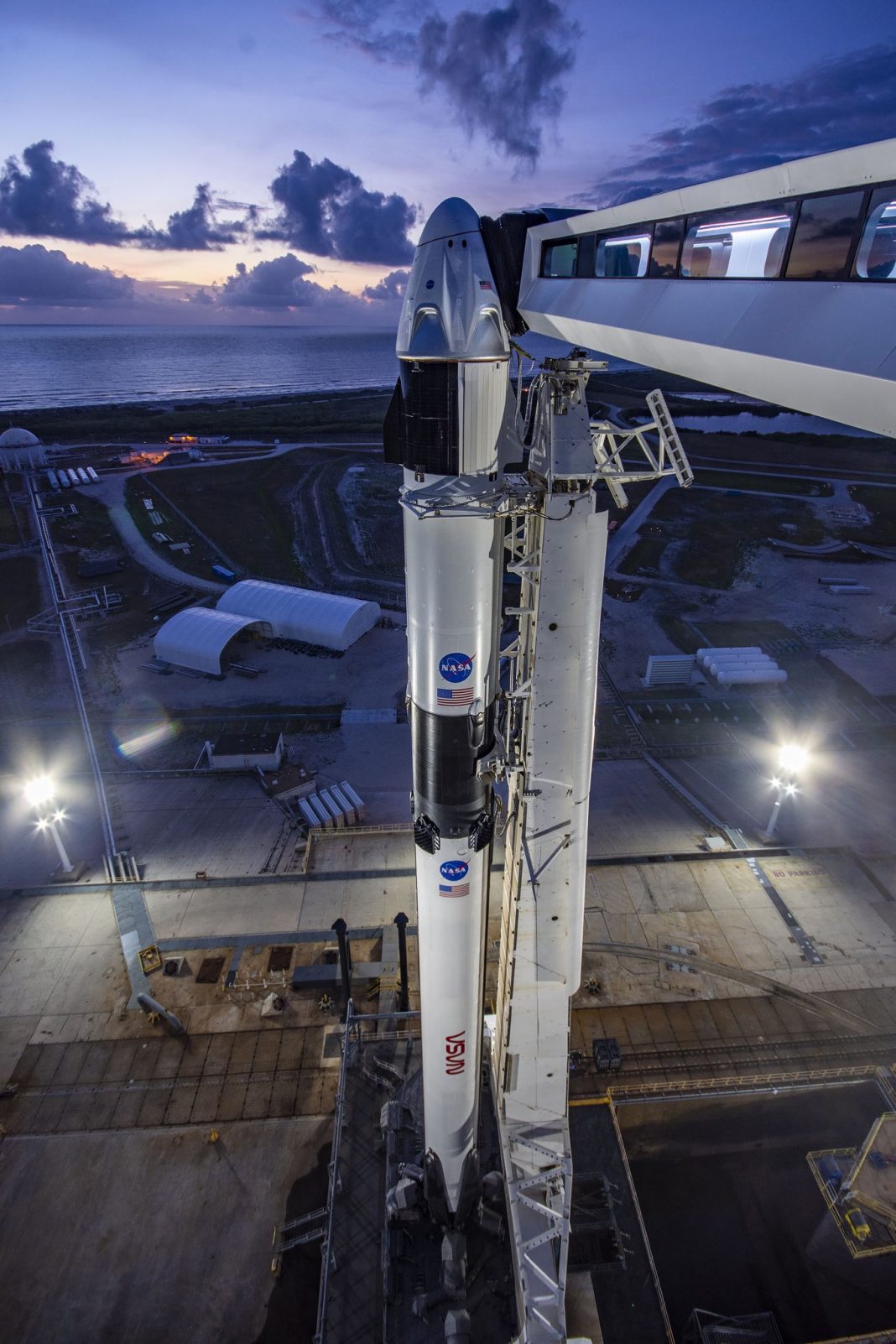UNITED STATES—On Saturday, May 30 at 3:22 EDT, SpaceX and NASA launched the first successful lift off from American soil with a human crew since July 8, 2011.

This was the second attempted launch, the first occurred Wednesday, May 27. At around 4:40 p.m. that day, Mission Control called off the launch due to unfavorable weather. NASA Administrator Jim Bridenstine said in the announcement that good weather was essential to the return of the Falcon 9 engine, as well as the safety of the crew. The new launch date was announced to be Saturday, May 30 at 3:22 p.m. EDT.
On the morning of the second attempt, NASA Administrator Jim Bridenstine confirmed the launch was moving forward. However, he also clarified “weather challenges remain with a 50% chance of cancellation”. SpaceX owner Elon Musk was present for the launch.

At T-2 hours from launch, astronauts Douglas G. Hurley and Robert L. Behnken were reported to be secure in the Crew Dragon with the hatch closed. However, weather threats could still possibly affect launch at the time. The first launch attempt was canceled after this stage on Wednesday. It wasn’t until about 3:00 p.m. that Bridenstine announced the weather was officially a go for launch.
In the moments before take-off, Douglas Hurley said: “It is absolutely our honor to be part of this huge effort to get the United States back in the launch business. We’ll talk to you from orbit.” At exactly 3:22 p.m. EDT, the allotted time for take-off, the Crew Dragon blasted its engines. The take-off was successful. However, NASA reported several phases still needed to happen to declare the launch a full success.
After successful second stage separation of the main engine booster part of the Falcon 9, it had to successfully return to earth. The crucial part landed as planned on the Of Course I Still Love You droneship at around 3:41 EDT. This was followed by a successful second and final separation of the Crew Dragon cabin at around 3:43 EDT.

The entire event was broadcasted live by NASA. This allowed viewers a glimpse inside the spacecraft itself throughout the launch. At one point, a sparkly dinosaur can be seen floating around. This is one of the mementos astronauts are allowed to take with them on missions.
The next step for the Crew Dragon is a successful arrival at the International Space Station. NASA expects docking to occur May 31 at 10:29 a.m. ET.






